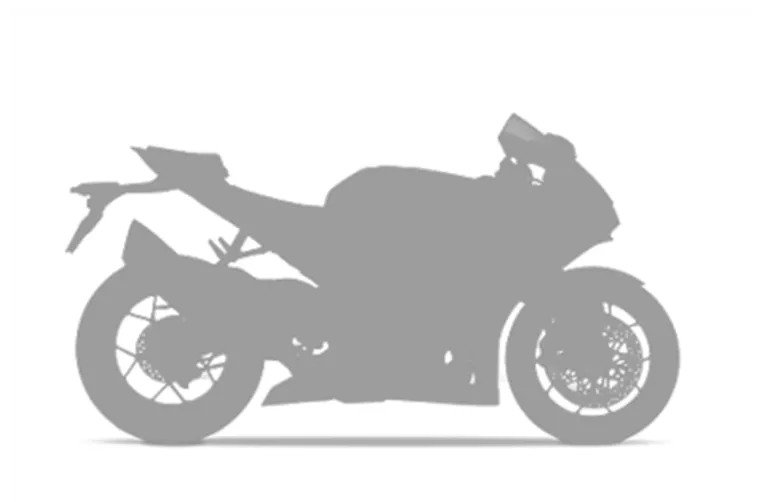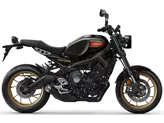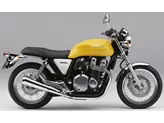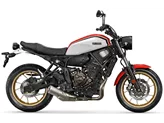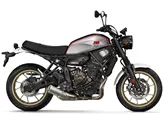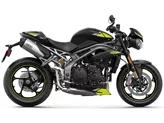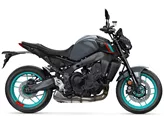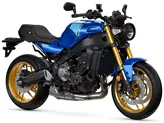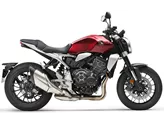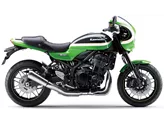Yamaha XSR900 2016 vs. Triumph Speed Triple 1050 2011

Yamaha XSR900 2016
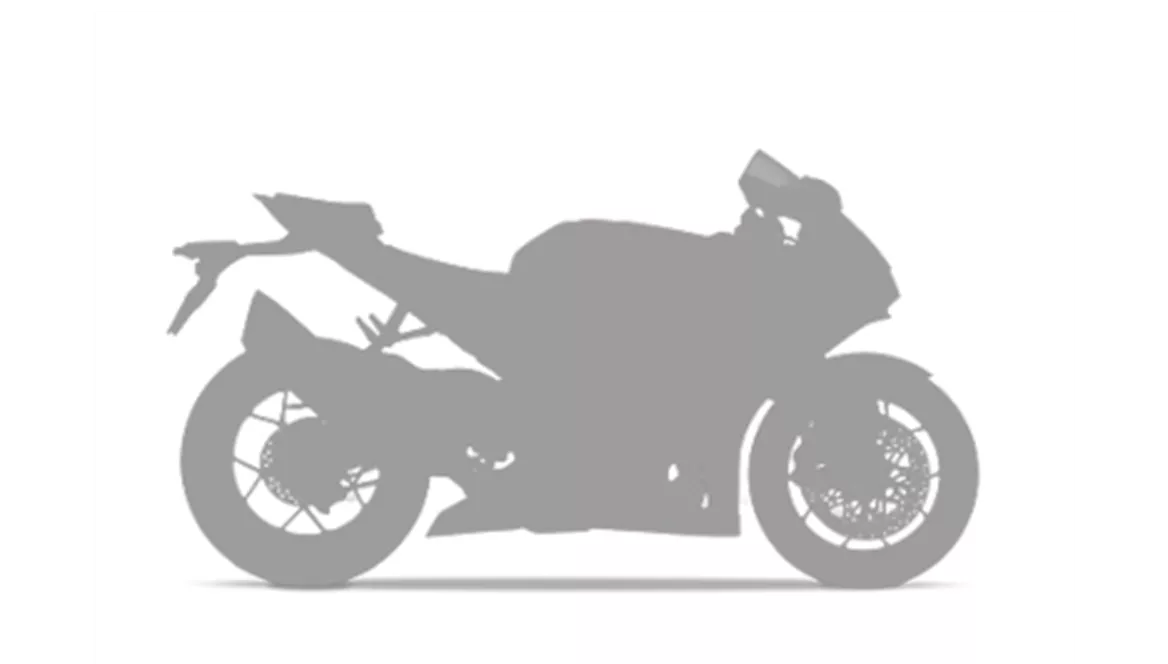
Triumph Speed Triple 1050 2011
Overview - Yamaha XSR900 2016 vs Triumph Speed Triple 1050 2011
The Yamaha XSR900 2016 and the Triumph Speed Triple 1050 2011 are both naked bikes with similar engine types, cooling systems, and frame types. However, there are several notable differences between the two models.
In terms of engine power, the Triumph Speed Triple 1050 2011 has a higher output with 132 HP compared to the Yamaha XSR900 2016's 115 HP. The Triumph also has a higher torque of 110 Nm compared to the Yamaha's 87.5 Nm. This means that the Triumph may offer a more powerful and aggressive riding experience.
In terms of displacement, the Triumph has a larger engine with a capacity of 1050 ccm, while the Yamaha has a smaller engine with a capacity of 847 ccm. This may result in the Triumph having better acceleration and top speed capabilities.
Both bikes have upside-down telescopic forks for their front suspension, providing stability and control during rides. The chassis of both bikes is made of aluminum and has a twin tube design, ensuring durability and rigidity.

Yamaha XSR900 2016
In terms of tire dimensions, both bikes have a front tire width of 120 mm and a front tire diameter of 17 inches. However, the Triumph has a wider rear tire with a width of 190 mm compared to the Yamaha's 180 mm. This may result in the Triumph offering better traction and stability during cornering.
The wheelbase of the Yamaha XSR900 2016 is slightly longer at 1440 mm compared to the Triumph Speed Triple 1050 2011's 1437 mm. This may result in the Yamaha offering better stability at higher speeds.
The seat height of the Yamaha is slightly lower at 815 mm compared to the Triumph's 828 mm. This may make the Yamaha more accessible to riders with shorter inseams.
In terms of weight, the Triumph is heavier with a kerb weight of 219 kg compared to the Yamaha's 188 kg. This may affect the maneuverability and agility of the Triumph.
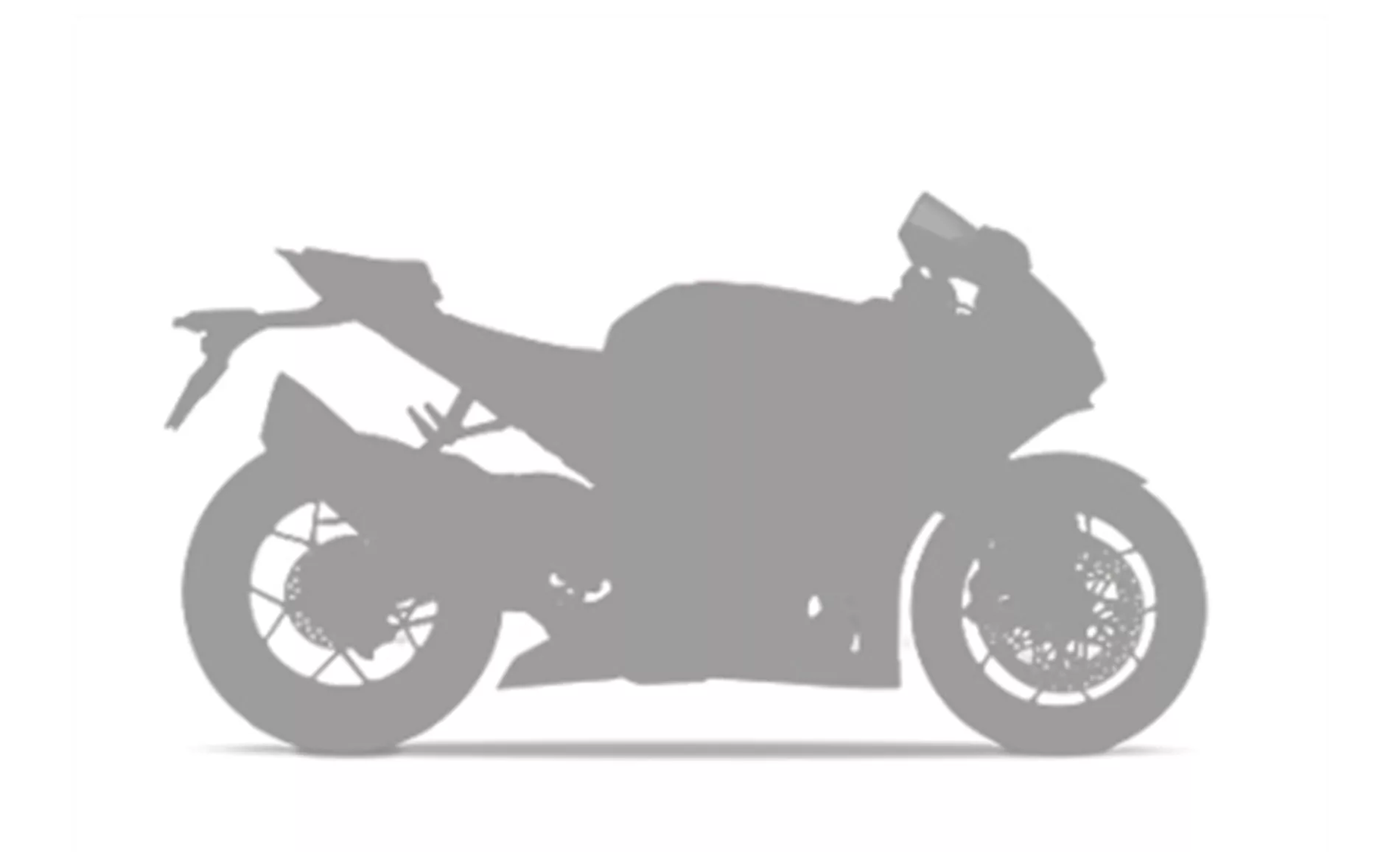
Triumph Speed Triple 1050 2011
The fuel tank capacity of the Triumph is larger at 17.5 liters compared to the Yamaha's 14 liters. This means that the Triumph may offer a longer riding range before needing to refuel.
In terms of strengths, the Yamaha XSR900 2016 has a greedy engine, well-tuned riding modes, and standard ABS and TC. It also has an authentic modern design and clean workmanship. On the other hand, the Triumph Speed Triple 1050 2011 has a controlled chassis, a hard sound, and stability.
In terms of weaknesses, the Yamaha XSR900 2016 has a hard chassis and a seat that could be more comfortable. It also has a speedblock design that is already present on many other models. The Triumph Speed Triple 1050 2011 has a rough gearing that can sometimes disturb the harmony between the rider and the machine.
Overall, the Yamaha XSR900 2016 may appeal to riders who prioritize a well-tuned engine and modern design, while the Triumph Speed Triple 1050 2011 may appeal to riders who value a controlled chassis and a powerful sound.
Technical Specifications Yamaha XSR900 2016 compared to Triumph Speed Triple 1050 2011
Pros and Cons in comparison
Pros and Cons in comparison
Yamaha XSR900 2016

The XSR900 combines the performance of a sporty streetfighter with the look of a pleasing, cleanly finished retro naked bike. In doing so, the Japanese make use of their own history, which can be found bundled and without gaps in the archive of the design agency that has been working for Yamaha for 60 years. It adopts the virtues of the MT-09 and has mended some of its weaknesses. It rides more harmoniously, more controlled and, if desired, more relaxed. Only the comfort, and thus the rider, suffers from the tight chassis on bad roads. You have to be a little bit sensitive when it comes to a neo-classic.
Triumph Speed Triple 1050 2011
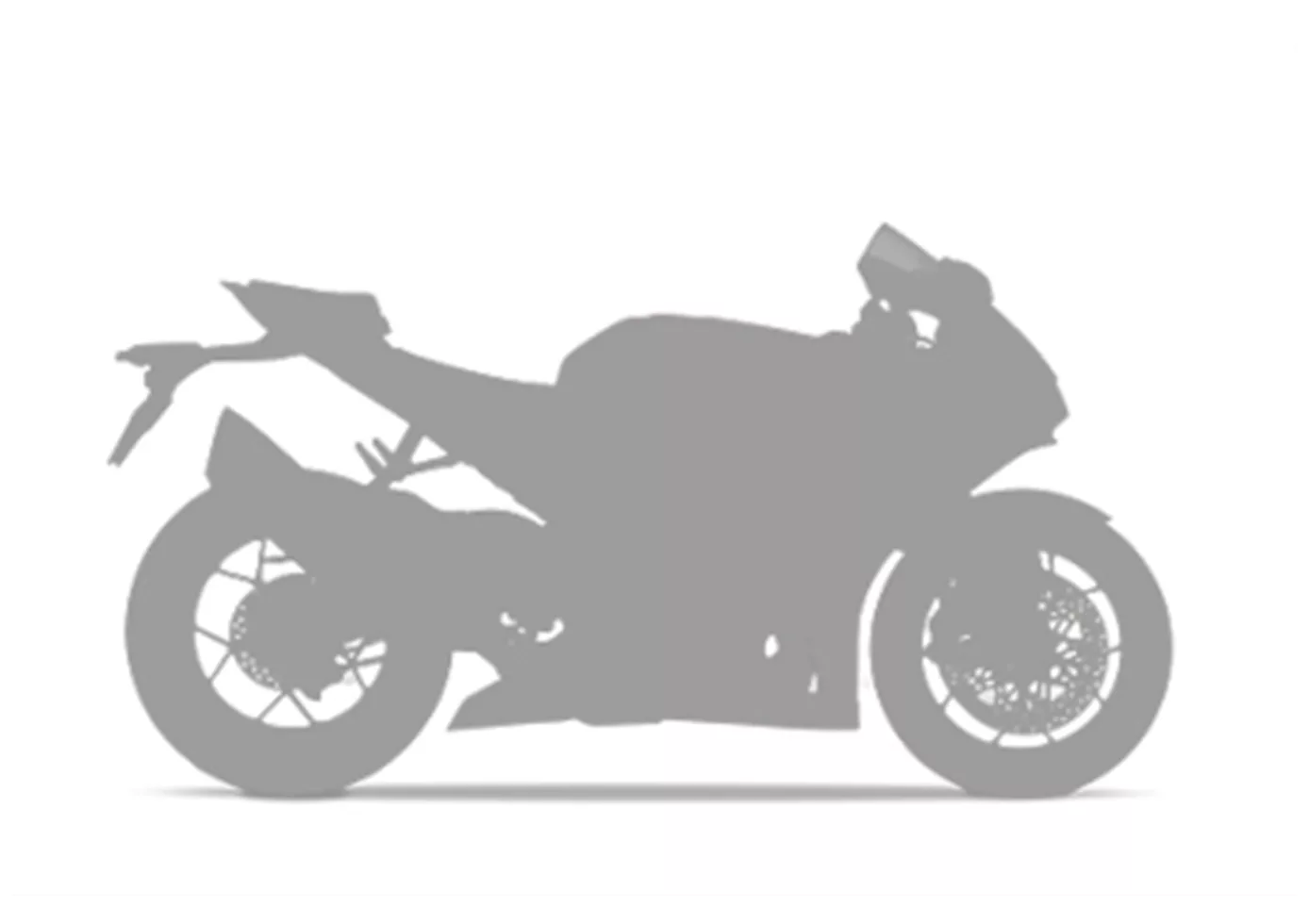
Even a Super Duke is in a tight spot when the bends are not too sharp and the KTM can make full use of its radical handling and its unrivalled ability to correct the radius on naked bikes. The Speed Triple is more harmonious, patient and predictable. The Duke has to be beaten, the Triple can also be stroked.
Price Comparison Avarage Market Price Yamaha XSR900 vs Triumph Speed Triple 1050
There are a few key differences between a Yamaha XSR900 2016 and a Triumph Speed Triple 1050 2011. In terms of price, the actual average price of a Yamaha XSR900 2016 is about 4% higher. A Yamaha XSR900 2016 experiences a loss of 1,680 GBP in one year and 1,690 GBP in two years of ownership. This is offset by a loss of 720 GBP and 840 GBP for a Triumph Speed Triple 1050 2011. Compared to Triumph Speed Triple 1050 2011 there are less Yamaha XSR900 2016 bikes available on the 1000PS.de Marketplace, specifically 5 compared to 6. With 77 days it takes the same amount of time to sell a Yamaha XSR900 or a Triumph Speed Triple 1050. Since model year 2016 1000PS.de editors have written 30 reviews for the Yamaha XSR900 and 29 reviews for the Triumph Speed Triple 1050 since model year 2005. The first review for the Yamaha XSR900 was published on 25/11/2015 and now has more than 17,600 views. This compares to more than 16,200 views for the first review on Triumph Speed Triple 1050 published on 02/10/2007.

